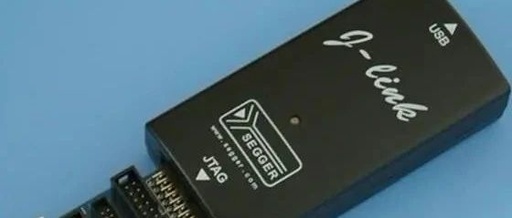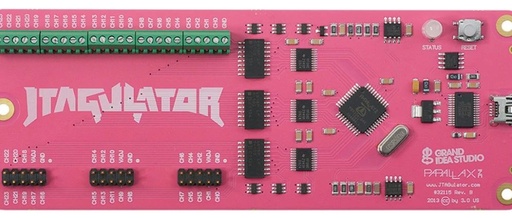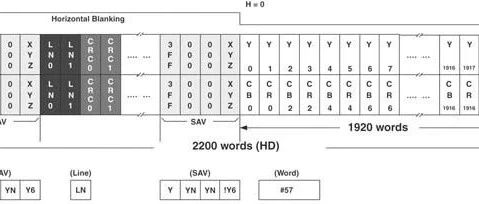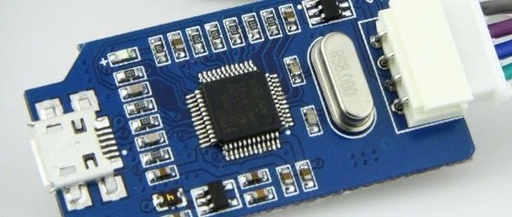Understanding JTAG and DFT Issues in MCU Design
Question: JTAG has 5 ports, why is Trst an optional reset port? Question: If JTAG only retains 4 ports, how do we reset without Trst? Answer: The first question is simple; Trst can be replaced with Tms. What about the second question? Feel free to discuss in our knowledge community. Question: After adding mbist and … Read more









